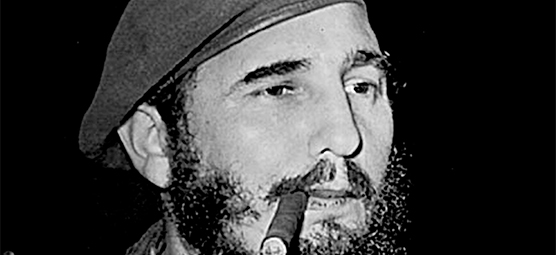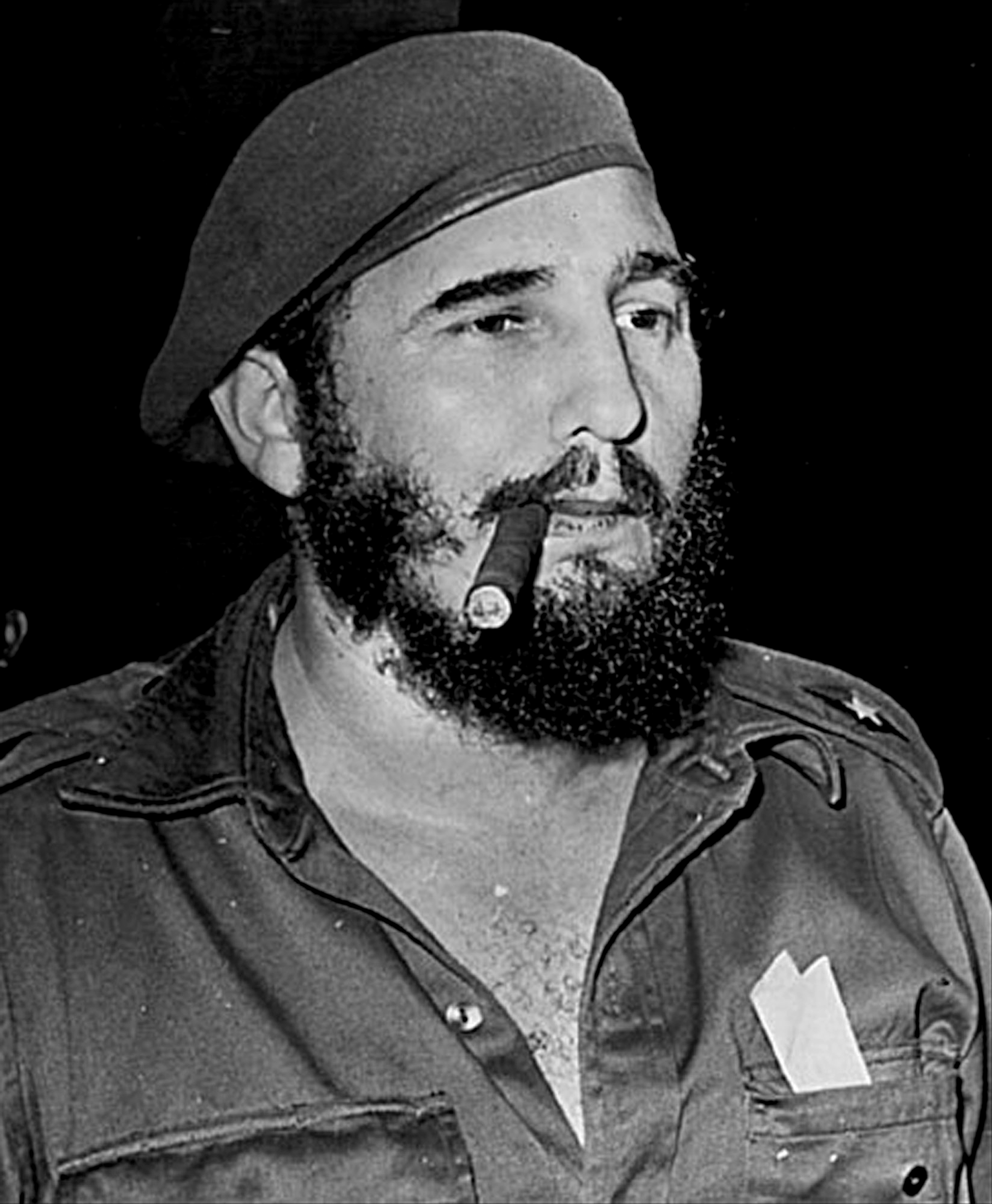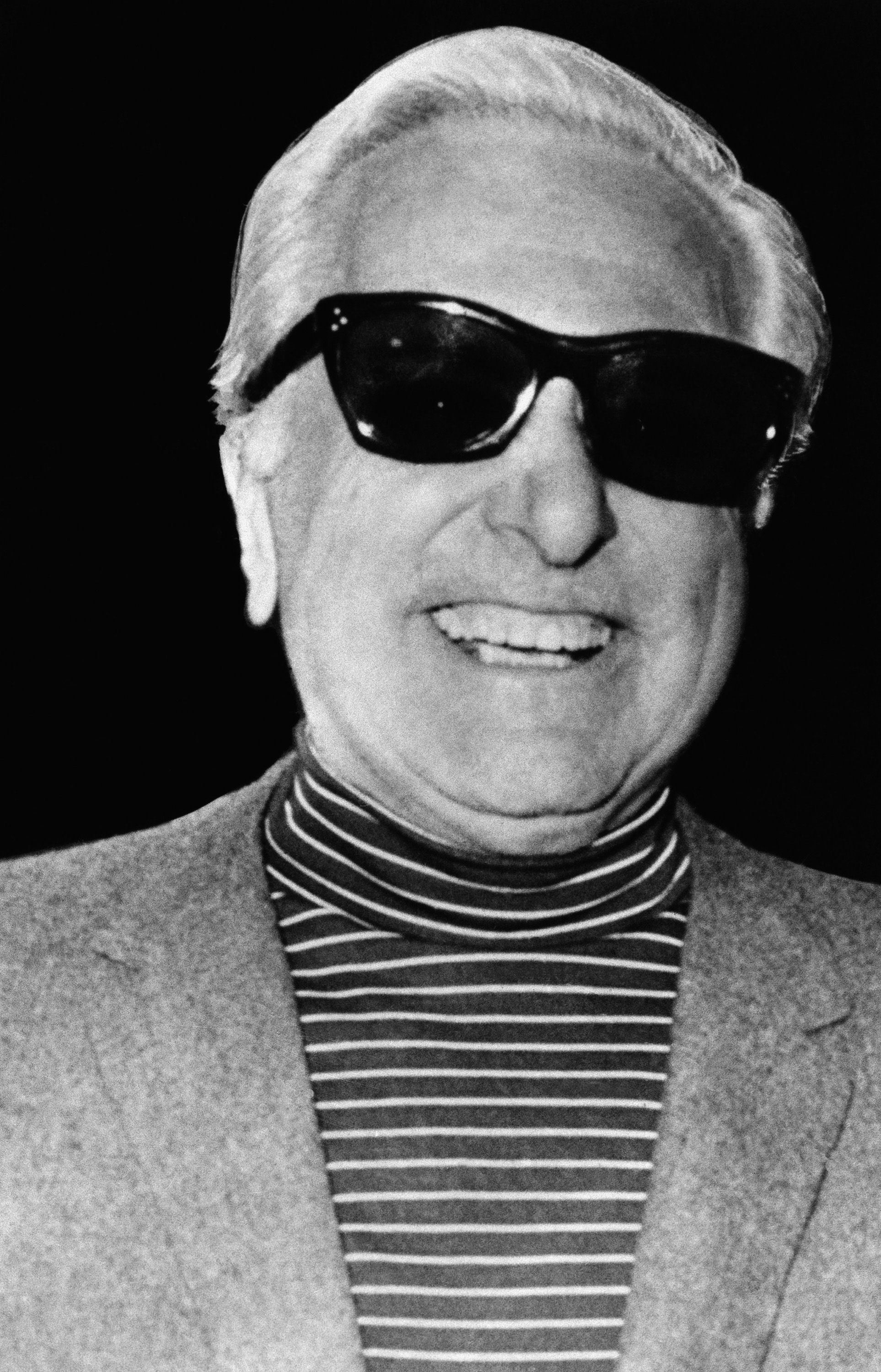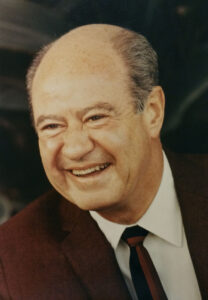Mob involved in attempts to assassinate Castro
Chicago mobster Johnny Rosselli spearheaded U.S. government-sanctioned operations in early 1960s

This is the second of three blogs on the death of Fidel Castro. Part one looks at the harsh blow Castro dealt the American Mob when he seized control in 1959. Part three examines the effect of Castro’s revolution on Las Vegas.

The death of Fidel Castro has generated historical reflections on many facets of his life. The Cuban dictator was loved by some, reviled by many and embroiled in a few of the most pivotal events of the 20th century.
It’s perhaps little wonder that he was the target of more than 600 assassination attempts, according to former Cuban intelligence director Fabian Escalante. The U.S. government, in some way, shape or form, was responsible for many of those attempts.
One of the best-known operations to kill Castro involved high-level members of the American Mob. This was not surprising, considering that when he took over in 1959, Castro booted the Mob out of Cuba. Crime bosses such as Meyer Lansky and Santo Trafficante Jr. had been making big bucks luring tourists to the island nation’s resorts, casinos and nightclubs. When Castro took over, they lost everything practically overnight.
The plot started when a CIA division chief named James O’Connell contacted Bob Maheu in 1960. Maheu was a former FBI agent who had done special projects for the CIA. At the time, Maheu also was doing cloak-and-dagger work for the reclusive billionaire Howard Hughes.


O’Connell asked Maheu if he would get in touch with the Mafia to solicit its help with the project to eliminate Castro. Maheu contacted Chicago Mob operative Johnny Rosselli, a friend, and Rosselli agreed to participate. Then Chicago Mob boss Sam Giancana, who also lost big in Cuba, was brought into the plot.
Maheu, Rosselli, Giancana and O’Connell met in Miami and discussed methods of killing Castro. They decided poison would be the best option. The CIA created five or six poison-filled capsules and they were delivered to individuals in Cuba. But the “go” signal to administer them was never given.
Maheu and Giancana soon dropped out of the assassination project, dubbed Operation Mongoose, but Rosselli continued to pursue methods to kill Castro. Rosselli orchestrated an array of commando missions to Cuba to try to kill the dictator. In his efforts to infiltrate Cuba, “Rosselli had boats shot out from under him at least twice and perhaps more often,” according to his biographers, Charles Rappleye and Ed Becker, in their book All American Mafioso. The CIA-Mob assassination partnership was scuttled in early 1963.
Maheu told a congressional committee in 1975 that he was always a reluctant participant in the assassination plot:

“I was not very happy about the project in the first place. I felt that I was building up my business, I had a good business going, the demands on behalf of the Hughes interests were increasing progressively. On the other hand, I felt that I had an obligation to my country, and I recognized the fact that the Agency had been good to me in the early stages of my business. . . . I was anxious to get back to work. My recollection is that I phased out of the project as soon as it could be accomplished after the Bay of Pigs, or after the invasion was not successful.”
Although the Mob was no longer involved after 1963, as least as far as we know, the CIA continued to conjure up creative ways to kill Castro. None proved successful, as Castro died November 25, 2016, of natural causes at age 90.
Feedback or questions? Email blog@themobmuseum.org





